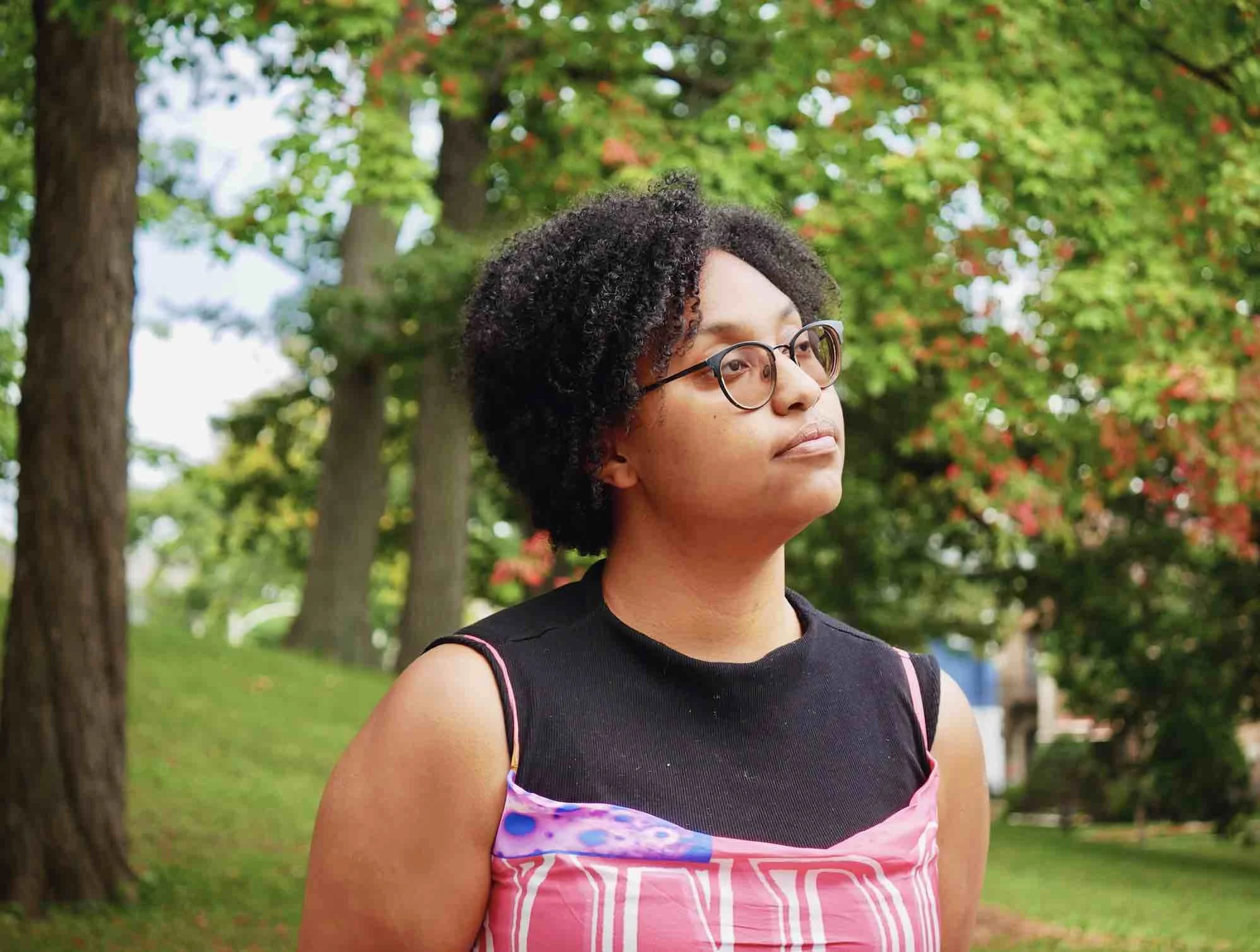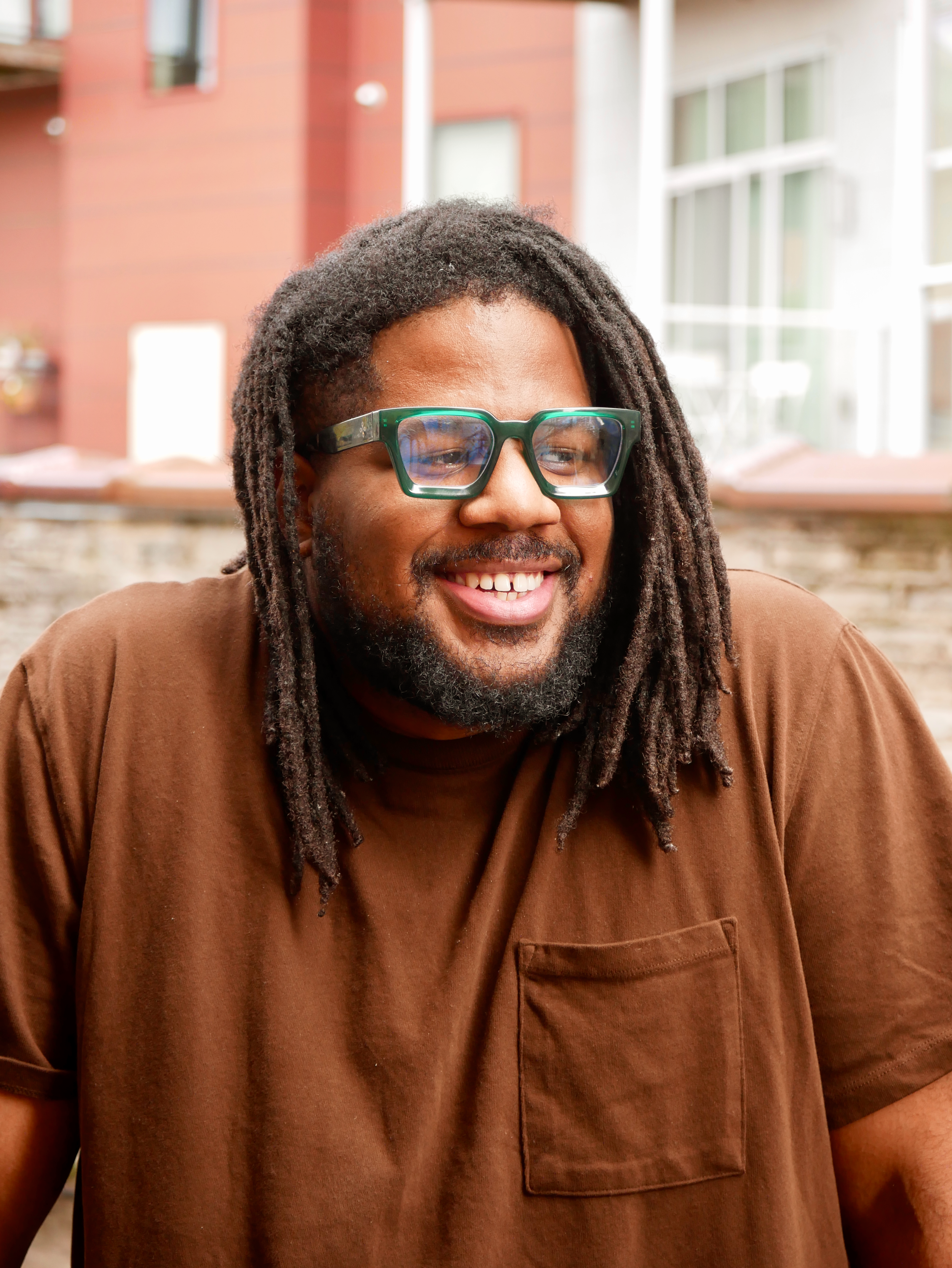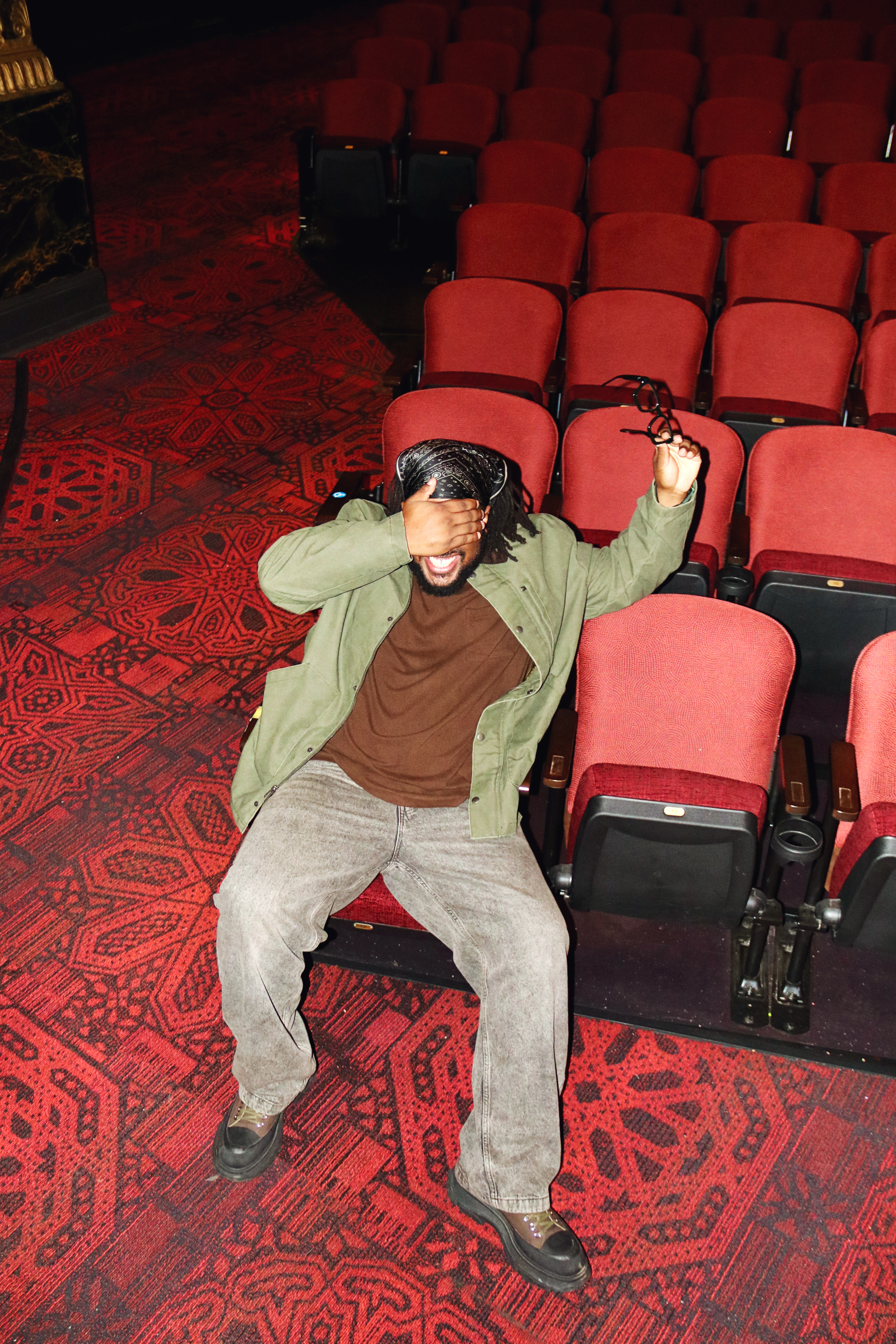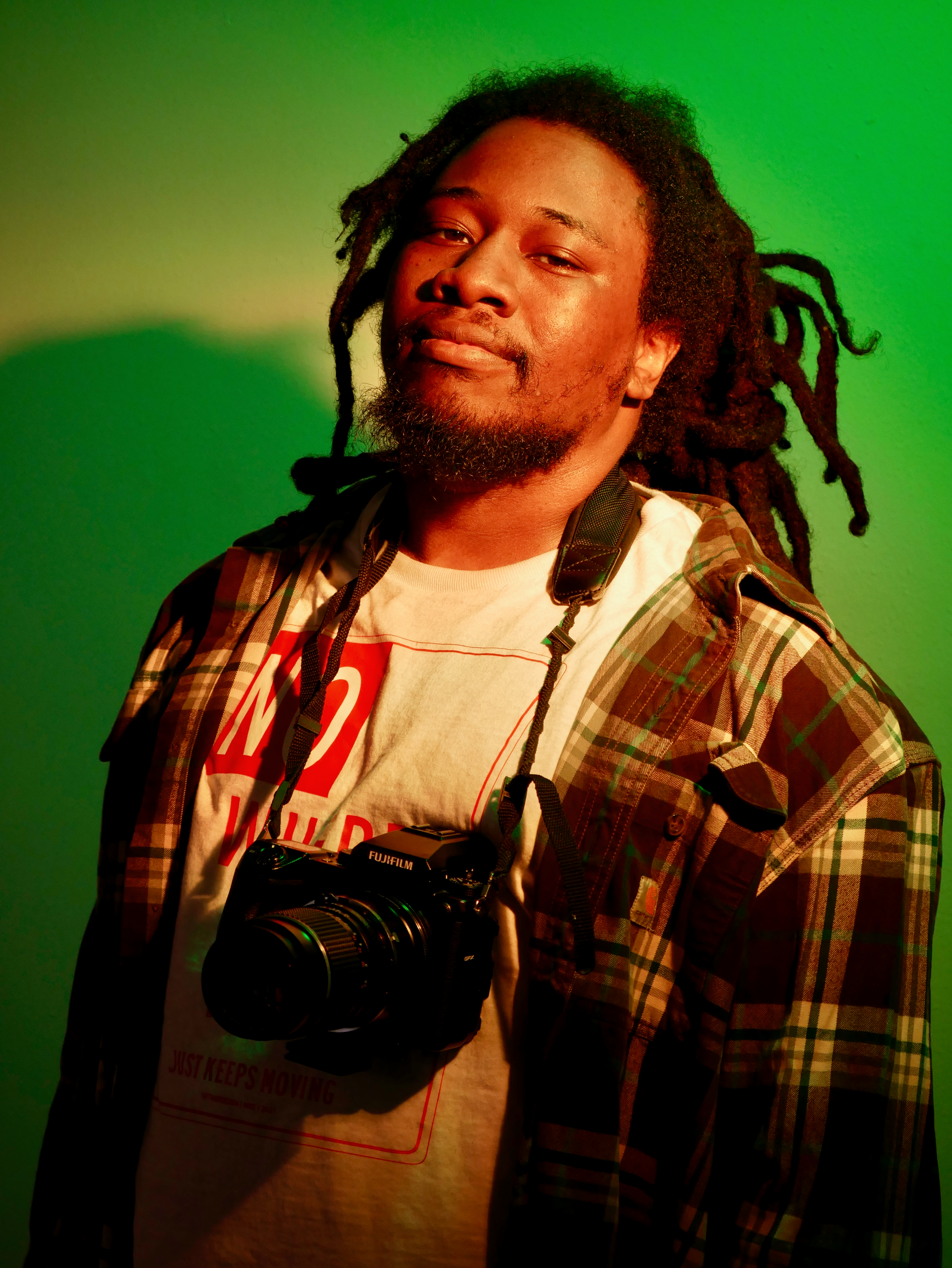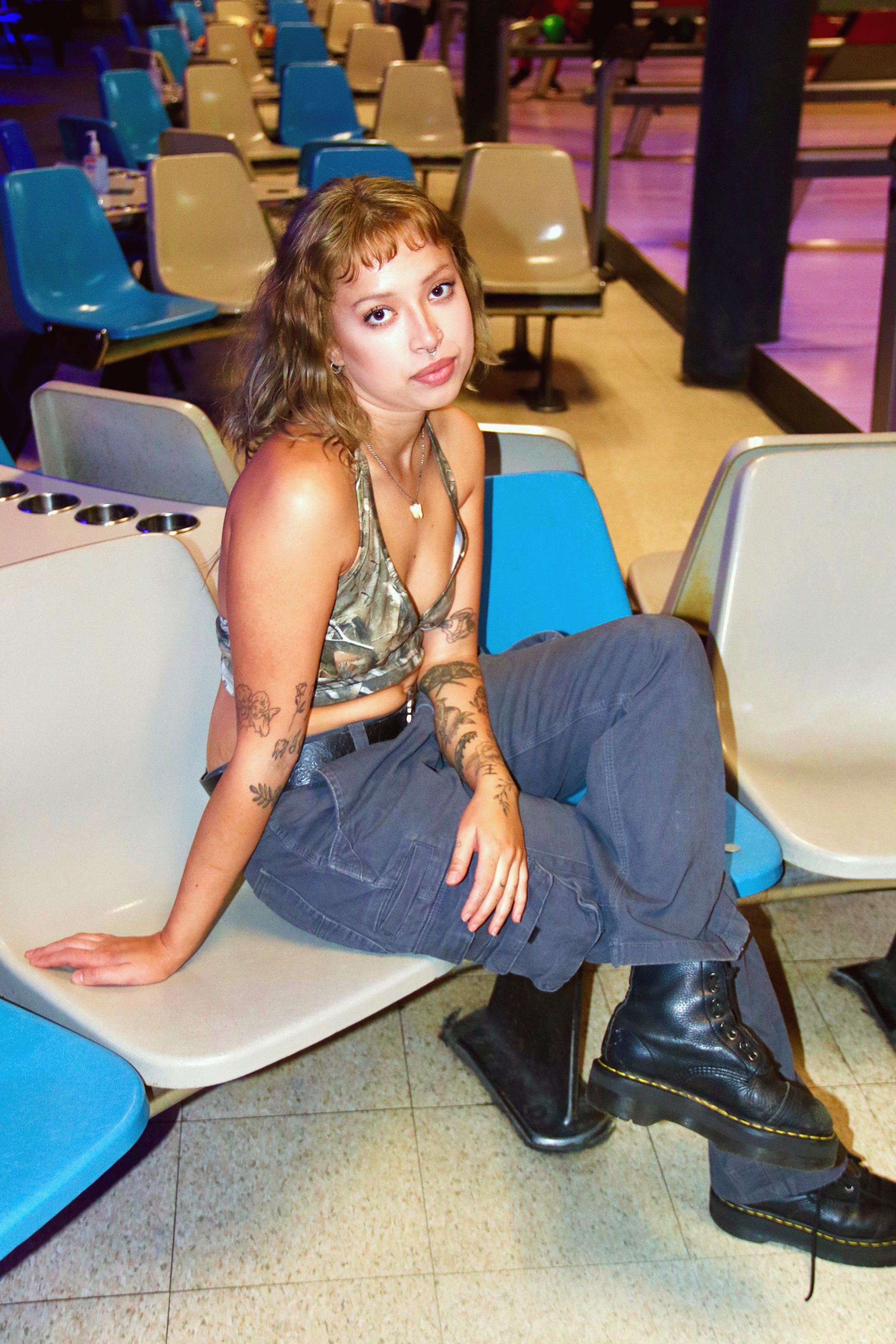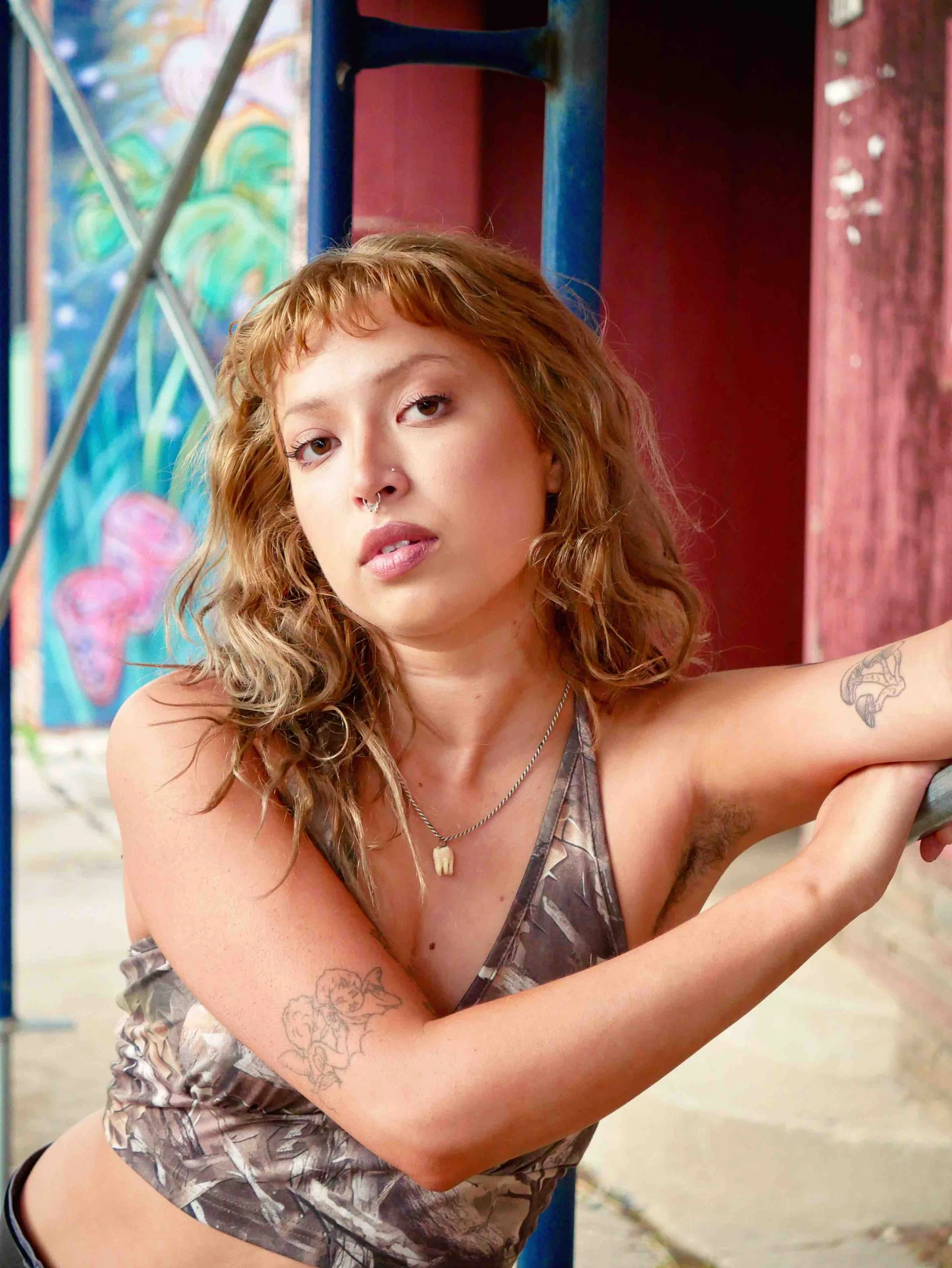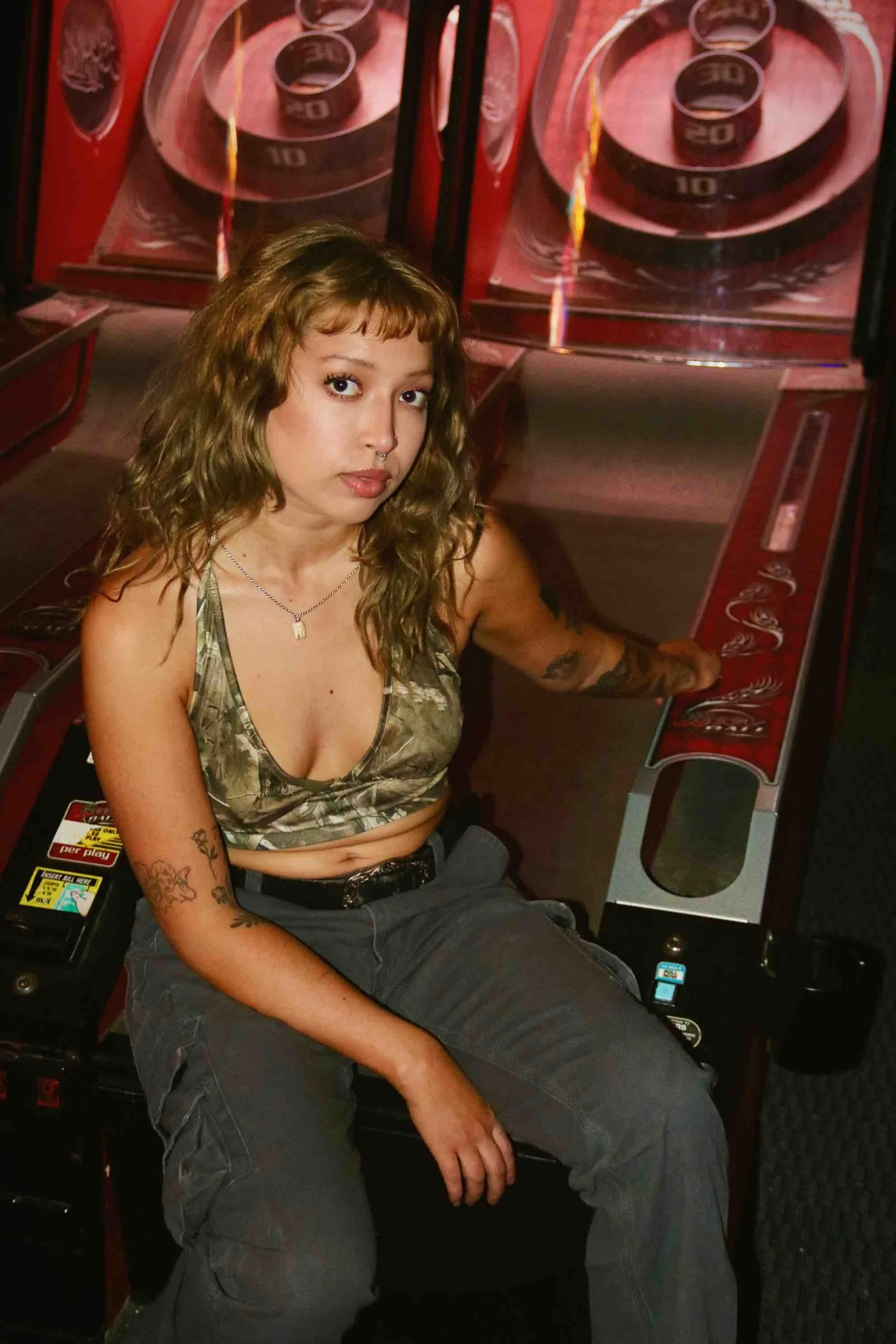Falling In Love With the Movies With a True Cinephile: Deiva Motley | By /CW Guest Writer Jolee Mallmann
/The first time I met Deiva was during my first or second shift at the Oriental Theatre on North Farwell. I had successfully avoided getting into a conversation with a coworker thus far until Deiva walked up to me at the box office and asked me how my day was. Immediately I felt more welcomed in that theatre than I ever had the dozens of times I had walked through the doors before. Deiva is the welcoming feeling you get when you walk into a historic theatre like the Downer or the OT. She is an incredibly clever person with a devout connection to her love for film. The list of movies Deiva hasn’t seen is much shorter than the list of what she has. Her knack for movie trivia isn’t something to be tested.
Deiva has a background in film festivals, film programming, working on local film sets and she dedicates a generous amount of her time to Milwaukee’s local cinema community. There is something inherently important in supporting independent filmmaking, local cinemas and community-building through a shared love of movies; Deiva is one of a kind in the way she exists in all corners of the unique Milwaukee cinema community. For someone who grew up with a family featured in award-winning documentary films, as well as a deeply talented and well curated film programmer with a deeply impressive watchlist, Deiva remains humble and approachable, the kind of face you look for in the crowd.
Talking with Deiva is always my favorite part of any given day and discussing films with her reminds me exactly why community and film go hand in hand. I had the pleasure of having her on the set for my own short film and the main thing I learned was I should have had her on my crew sooner. In every way Deiva Motley embodies her love for film whether it be in the love she shows for her local theatres, the support she shows on film sets or her own personal passion for movies.
Introduce yourself a bit! Where are you from and where are you living now? Do you feel like your experience growing up and your background with Milwaukee have an impact on the kind of movies you watch or the kind of projects you choose to be a part of?
I grew up in Milwaukee, and then for a while, I lived in North Carolina, moved around a bit in North Carolina, and came back in the fall of 2021. My experience growing up here, I feel like it really had an impact on a lot of my movie watching. My parents were in college when they had me, and my dad was a huge cinephile. We lived probably a couple of blocks away from the Blockbuster that used to be in the plaza on Farwell, not far from the Oriental Theatre. Since the Blockbuster was within walking distance, I utilized the Blockbuster with my dad and watched a lot of movies there. And I think as a kid, I saw Milwaukee as more of my whole world and wasn't really fully aware that there was more world out there other than Milwaukee.
Anytime I watched a movie, I always thought that the movie was based on something that happened in Milwaukee, or at least in Wisconsin, since I didn't really travel much. These experiences impacted the way that I watched movies in terms of reaching my imagination and letting it fly a bit. Milwaukee impacted the projects that I chose to be a part of growing up. As an adult, I really reflect on those experiences and those feelings. Now being a part of the film community in Milwaukee, I'll say that it made me who I am. I want to be a part of projects that mirror those same experiences that made me appreciate Milwaukee for what it had to offer my childhood. It's almost like I'm paying it back for giving me a very fun childhood and allowing me to be more imaginative.
What’s your favorite movie and why do you love it?
My favorite movie is The Truman Show. I feel like that was a culmination of a lot of things for me growing up. On some Sundays, my mom would just throw it on to wrap up the weekend and we would watch it together. It was a great movie to watch, and I remember cuddling with her while watching it. The subject being a reality show following a man around, I grew up watching a lot of reality shows, so it reflected a lot of the typical content I would watch with my family.
Personally, the reason I love it is that it’s heartfelt. I feel that Jim Carrey’s character, Truman, is very relatable in the sense that he’s a nice guy who has done all the right things in life, but there is just something still missing for him. A lot of us feel that way; I know I’ve felt that way a few times in my life growing up and well into adulthood. Seeing Truman and being able to relate to that, and seeing him get out of it, is something anyone can look up to. Not knowing if it works out for him or not but at least he wants to try to see where it takes him really resonates with me.
What role do you feel local cinemas play in Milwaukee? Do you feel like the art of movie watching can have an impact on a community?
I feel like the art of movie-watching is definitely important for a community. It's generic, but it does bring a community together because, again, a lot of people have different interests and backgrounds that an individual could resonate with in any movie. I feel like movie watching tends to bring people together in the understanding of different identities, backgrounds, and nuances of interests. A movie, just like books, can really expose people to backgrounds they aren’t usually used to seeing every day. With that, coming to local cinemas brings communities even closer, especially in Milwaukee. Milwaukee is such a tight-knit community, specifically for a city of the size that it is.
It’s like bumping into someone random on the street, apologizing, and realizing five minutes later they play chess with your aunt every Sunday. I’ve met so many people through chit-chatting with strangers and getting to know them through different families, and they end up telling me the last movie they saw at the Oriental Theatre. Milwaukee is rich in history, and so many people in our communities have ties to our local cinemas.
You’ve had a lot of experience as a film programmer, what is your philosophy when you approach programming films?
My philosophy is that I am motivated for people to watch movies - that they feel seen, or heard or that they can relate to. Movies that pique people’s interests or touch on subject matter a person wouldn’t come across on their daily basis.
For example, years ago, when I was in college and I was the student body general film programmer, I programmed a week long retrospective on: why is it that it’s always women in horror movies that are demonically possessed? It was college, so a smaller audience than I had hoped for, but I did have one of our film professors that had a course on horror movies come out for a screening. It definitely helped me look at those tropes in horror movies differently. Topics like that I like to touch on and allow other people to be able to dive in and think about themselves.
Anyone who knows you, knows you’re a major cinephile. What are your favorite kinds of films to watch and why?
I would prefer to watch films that think outside the box or that are kind of their own genre, which people have a hard time describing or figuring out where to place them. Those are the kinds of films that I like to watch and always gravitate towards. For example, In the Mouth of Madness is a horror movie, but I think it can also be argued that it's a fantasy movie. It plays with themes of what happens when someone's writing or someone's art starts coming true and how that affects other people or reality. As I watch it, I honestly question, "Okay, is this real or is this fake? Are we in the character's head and experiencing what he experiences, or is this just something that's actually happening?" I love those movies. I love films that make you question whether or not something is happening.
How did your involvement in the world of documentary film from such a young age shape your understanding of the world of film?
Being in high school while my mom was being filmed in a documentary about her work and then having that bleed into my college years when my father was filmed about an unfortunate incident that happened in his life at that time, it thrust me into the world of film a little bit too fast, especially for that age. I was always a movie lover; you would see me watching more movies than TV shows. I had never thought I would be part of a story like that, let alone be filmed myself. It showed me how many moving parts go into a film, especially a documentary. When it came to the world of film, the general thing it taught me was about timing. You really have to be there at the right time, or you’ll miss the shot, or worse, miss the story.
I couldn’t grasp that a lot of the things that I was doing at home were being filmed, especially in high school. Cameras would be in my home, in the living room, and I had to act like I wasn’t nervous to share about my day, and I was a little self-conscious to be on camera. My parents were very mindful, even though my siblings and I were excited to be in a movie. My parents were thoughtful to keep our childhoods in mind with school and sports; too much of it would cause us to start avoiding things.
The directors of both documentaries were very respectful to us as children, and as an adult, I am thankful now for some things being filmed not making the cut. I’m glad I can have some of those touching moments more to myself than being in a hard copy for anyone to see at any time.
You’ve worked for film festivals, iconic theatres, been a documentary subject and now you’ve taken the leap into working on local film sets. What is it like working in local film and what have you learned from your time on set?
My experience working in local film has been honestly really great. I’ve met a lot of different people. Not only have I met a lot of people, but I’ve learned little things from each of them—what their little thing is, their expertise, and being able to ask everyone questions. Working in local film, I’ve felt like a novice, but everyone I have worked with has been so welcoming. What I’ve learned from my time on set is mainly just different aspects of filmmaking that, combined with my background, I could expand on to hone different skills while continuing my path to becoming a part of making more films around Milwaukee.
What are you looking forward to next in your career in film? Do you have any projects in the works or things you’re excited to try next?
I’m still trying to get my footing as far as filmmaking with larger crews but what I am looking forward to in the next year is more opportunities to learn and expand. Whether that’s through filmmaking or film programming. Whether that’s locally or with new festivals.
The thing I’m most excited about in film is just to watch more movies! Especially Werwulf Robert Eggers
Find Deiva’s insane watch list over on letterboxd:
Into independent film? Want to learn more?



